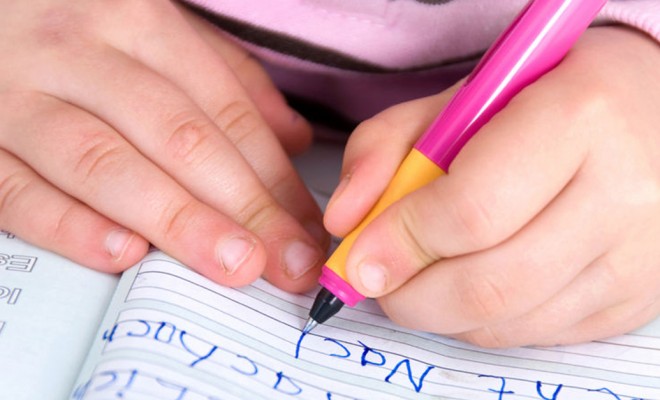
Learning Difficulties
5 Things to Help Children With Dyslexia
It’s estimated that up to 1 in every 10 to 20 people in the UK has some degree of dyslexia. We asked Emily from Nursery Supplier, See below recommend some products that can help children cope with the condition.
By Emily Rattenberry
From my own experiences with Dyslexia I have found some products which I think would help with some of the difficulties I came across as a child. A lot of children with Dyslexia (around 50%) suffer from a condition called Meares-Irlen syndrome which is one of the primary factors that affects the ability to read as it can cause the words to skip around the page or wobble, black text on a white background also has, what I can only describe as, rainbow halo’s. Coloured lenses or overlays are the normal treatment for this but can really expensive, one thing that we sell and I have been know to use myself when having a bad day at the office is the Rainbow trees:
1. Coloured glasses
These coloured glasses can be used by children to look through to help with reading and writing, the different colours are very useful as it depends on the child which colour helps to filter out the colours they see. This colour can change regularly as a child (I had 5 different sets of glasses over 5 years, green, blue, pink, orange and purple) so the range of colours is great for young children. Purchase your glasses here
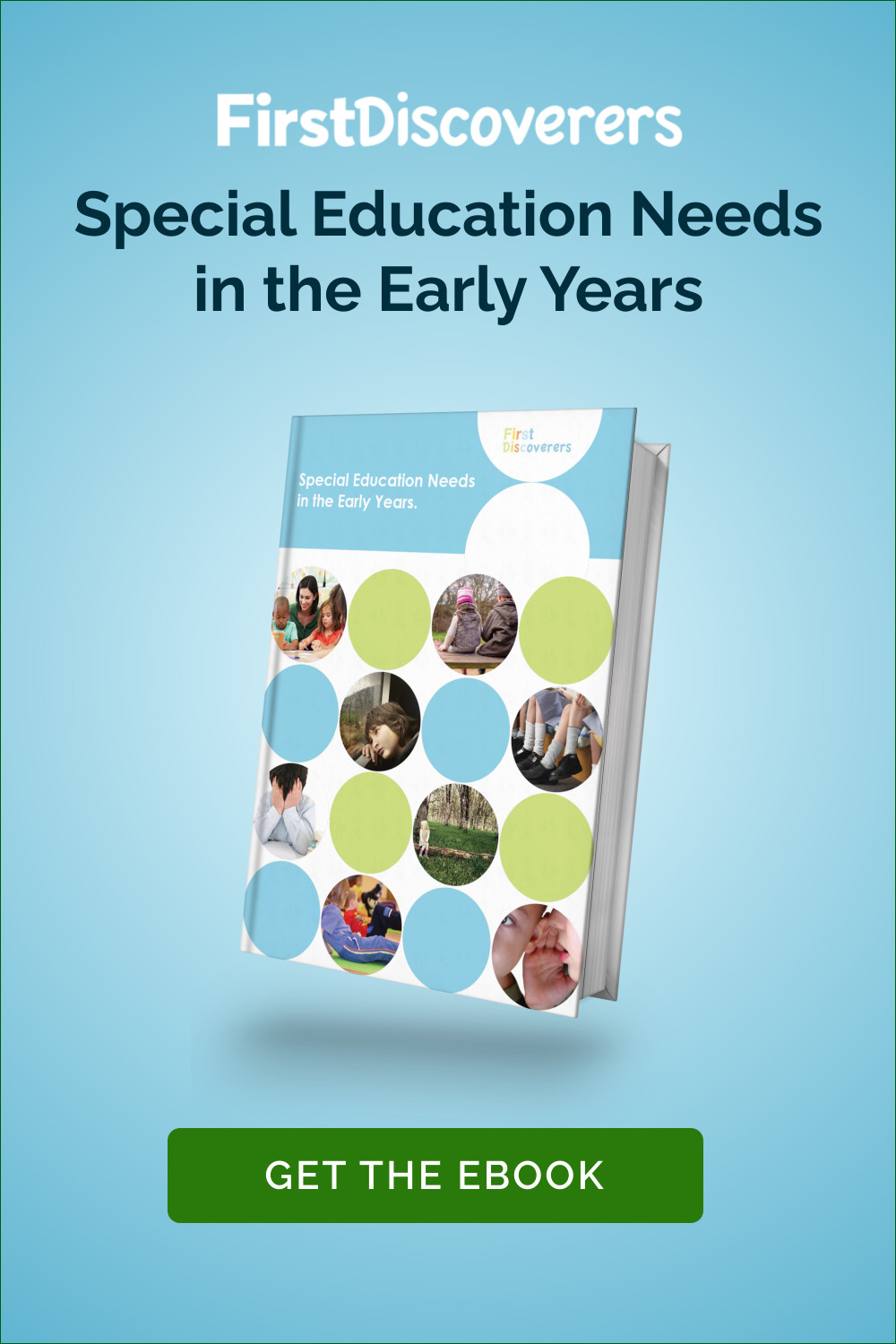
2. Ergonomic Writing Aids
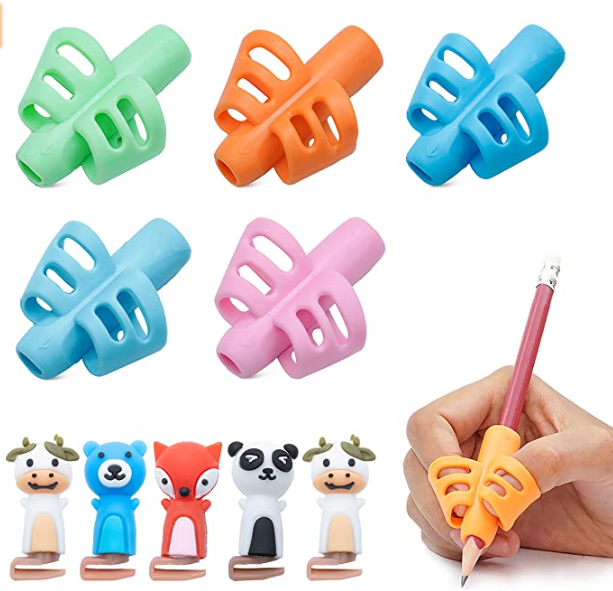 Another aspect can be that dyslexics have bad handwriting and can take a lot longer to learn how to hold writing equipment. Ergonomic Writing Aids and Foam Tubes can both help with this.
Another aspect can be that dyslexics have bad handwriting and can take a lot longer to learn how to hold writing equipment. Ergonomic Writing Aids and Foam Tubes can both help with this.
3. Foam Tubes
Often larger thicker pens and pencils can help, as well as guides, so that the stylus is held correctly.
Struggling with sequences can also be another key area that children can struggle with, I know myself that I can’t always copy out a sequence correctly, even if it’s written in front of me (eg phone numbers, long words etc)
4. Logic and Sequencing Cards
These logic and sequencing cards can help to train dyslexic children to take care following the sequence and to check them once complete.
5. Learning to Tell the Time Lotto
Finally, my last suggestion is something to help children learn to tell the time, I can remember trying to learn myself, and that it took a long time. This is again due to the sequencing, and can be a visual issues as well, as like word the numbers and markings can also wobble. This game is really good as the backgrounds are different colours, making seeing the hours much easier. This Early learn Center time telling lotto game is great educational fun.


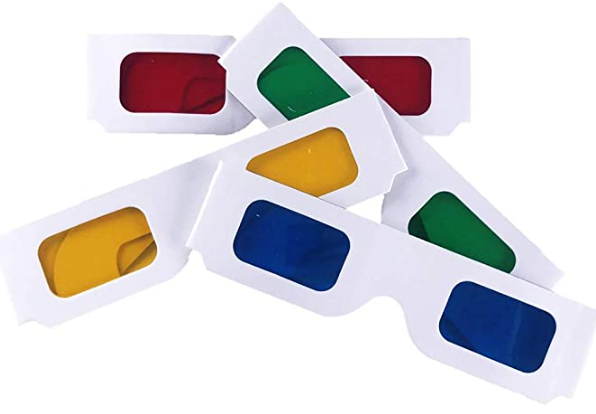
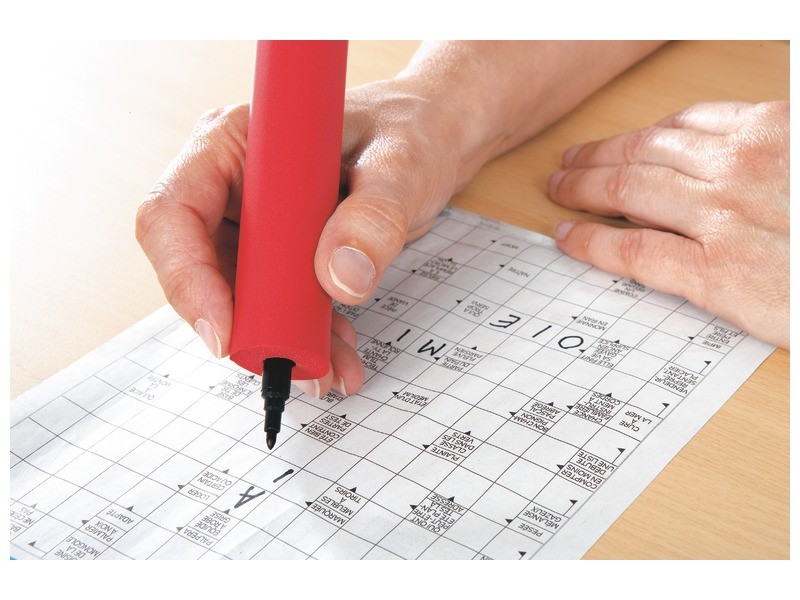
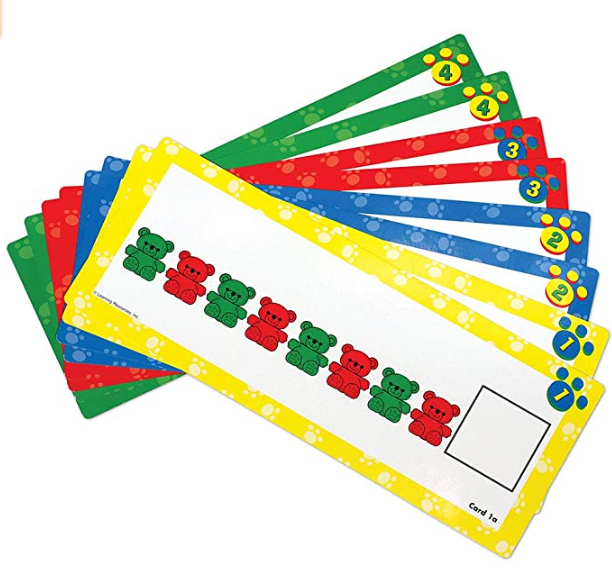
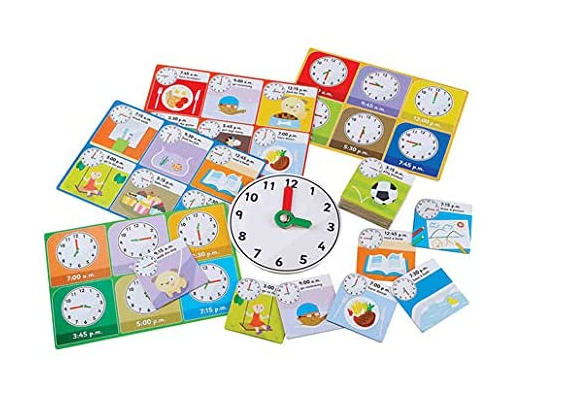

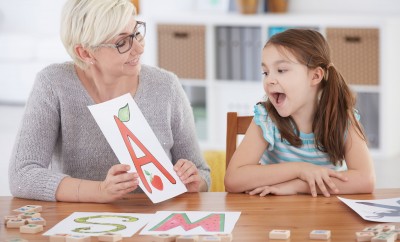


You must be logged in to post a comment Login